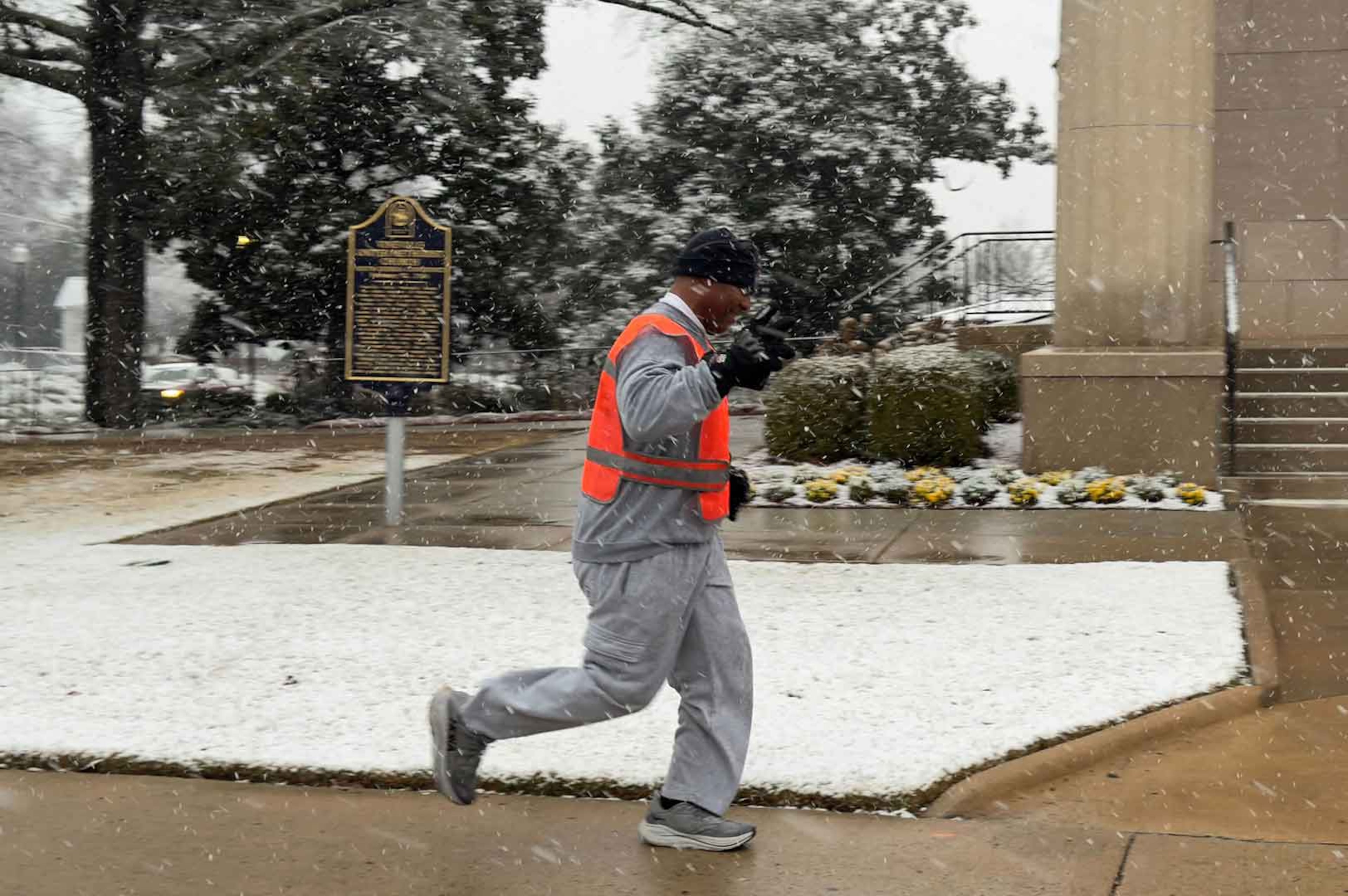Metro Atlanta jobless rate continues slow slide
Job change in metro Atlanta in the 12 months ending in September:
2009 — down 151,600
2010 — up 4,500
2011 — up 45,000
2012 — up 35,600
2013 — up 70,000
2014 — up 96,700
2015 — up 72,300
Sources: Georgia Labor Department, Bureau of Labor Statistics, staff research
Despite the loss of some jobs in September, metro Atlanta’s unemployment rate dipped to 5.5 percent, the state labor department said Thursday.
The jobless rate ticked down from 5.6 percent in August with state and local government – mostly in hiring for the new school year – leading the way. It was a weak month for private sector hiring– the economy overall lost 3,600 jobs from August – but over the past year the region has added 72,300 jobs and the unemployment rate dropped from 6.7 percent.
“By and large, what we are seeing is an economy and a job market that has recovered very nicely,” said Adam Coker, managing director and market investment executive for US Trust in Atlanta. “We are getting back toward full employment.”
Low gas prices are providing fuel, Coker said. “I don’t think there’s any question you will see a positive effect from those low prices. Probably more than last year.”
Yet there are several reasons to hold back a little on popping the champagne.
Wages are one. A typical recovery starts to tilt the balance of power from employers toward employees. Rising demand for workers eventually means companies have to start paying higher wages.
That hasn’t happened in the broader market.
But it is happening in some jobs, said Andy Decker, senior regional president in Atlanta for staffing firm Robert Half.
Many tech jobs, financial and accounting jobs, as well as senior attorneys and litigation support positions, are commanding higher pay, he said. “The supply doesn’t keep up with the demand. It is hard to find the people.”
The government has been tracking job openings and hires since 2000 and the numbers frame the job market, Decker said. “Until 2015, there was only one time where there were more openings listed than actual hires, but this year, it has happened seven months in a row.”
A second caveat is participation. When the overall labor market tightens, usually there’s an increase in the percentage of people working: plentiful positions and higher pay tend to draw people off the sidelines. But the opposite has happened this time – the portion of people working has declined.
What’s more, it started falling in 2000.
Retirements of baby boomers is part of the explanation, but not all, according to government data. There are people who go back to school, people who stay home with children. And for a time, there was a huge group of people who said they had just given up on finding a job.
That group has been shrinking, according to economist Julie Hotchkiss of the Federal Reserve Bank of Atlanta.
She discounts the notion that the low jobless rate tells a phony story: There’s been a surge in the number of people saying they don’t want a job, she wrote on the Fed’s blog. “So the first fear — that this declining labor force growth is producing a false sense of security in a relatively strong labor market — appears unfounded.”
The economy has changed, said Coker of US Trust. “It used to be that a 6.5 percent unemployment was the inflection point where you’d see wage inflation, but not in this cycle.”
For many reasons, companies have more power to keep wages down than they used to, but the job market is on a healthy trajectory and higher wages will come “as you approach full employment,” said “We’ll get there.”
At least, Thursday’s report showed fewer businesses in cutting mode, said Mark Butler, Georgia Labor Commissioner. The number of new claims for unemployment insurance is seen as a proxy for layoffs and that number fell 4.6 percent during the month.
New claims were 10.7 percent down from a year ago, Butler said.


